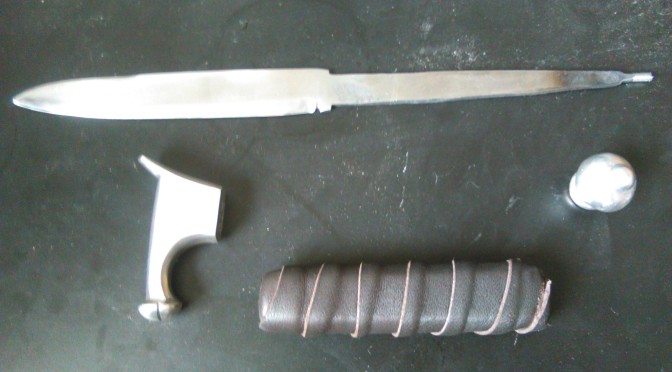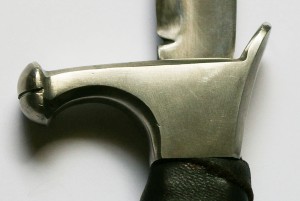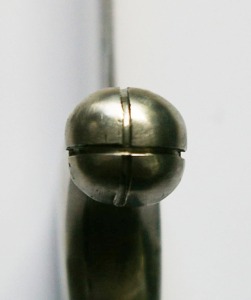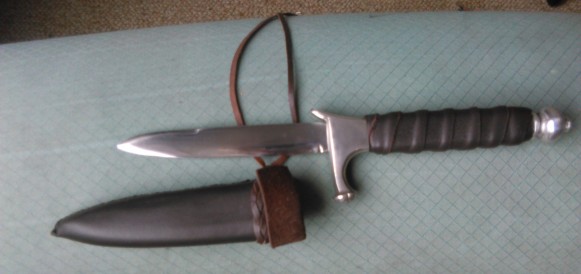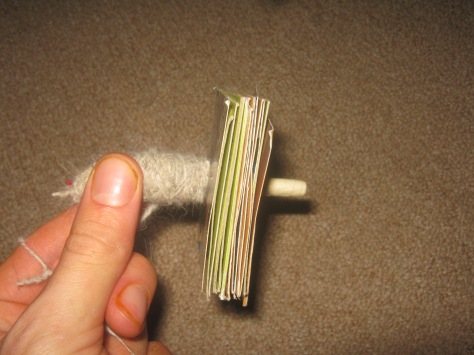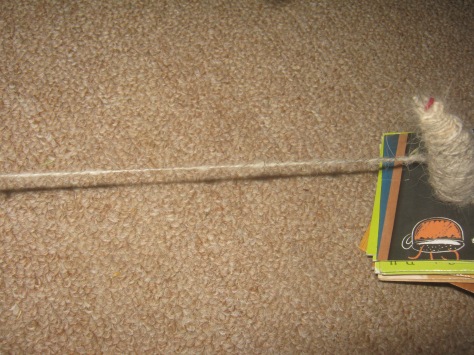A small belt knife, to be useful for eating, sewing and small household tasks…
This piece was made for my consort, and remains one of the longest projects I’ve ever attempted, it is also the first time I’ve cast fittings.
The blade was forged from a small file, then bevels ground in and hand- sanded to finish, I opted for a small false edge as daggers are defined as a blade with two edges running the full length, and are illegal in a couple of places, so this design allows the effectiveness of a dagger blade with no legal issues.
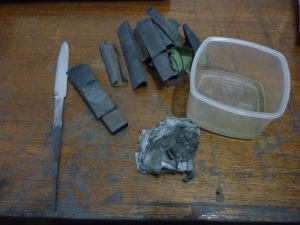 .
.

The bolster is based on an extant example found in suffolk dated to between 1500 and1800 (link here), my piece notably differs in that it is smooth rather than patterned on either side and is a pewter alloy rather than a copper alloy.
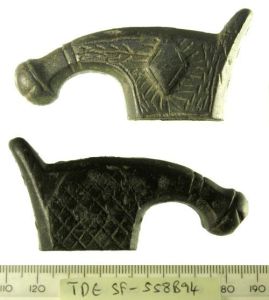
This was first carved and fitted in a soft wax before a mould was made in a two part silicon, the mould cut open and the original removed then the piece was cast.

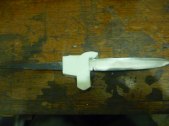

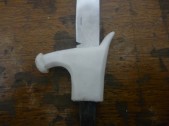
The final cast was a bit rough so a dremel and some needle files were used to refine the lines and the fit before the surface was sanded back to a nice finish (about 800 grit) I also used the dremel cutoff wheel to incise a cross on the “knuckle” at the end of the quillon
The pommel is a generic design for daggers and swords, but would have been uncommon on knives, I used it here because I thought it looked nice and because the traditional method of peening over a knife tang to secure it to a rear bolster would have been extremely difficult with this blade and I wanted a metal bottom piece as opposed to burning/glueing the blade in the handle as it’s a less elegant look for later period blades and would not have suited this knife.
The pommel was constructed in a similar manner to the bolster, being wax carved, cast and sanded, it was then drilled and threaded to attach it to the blade and to hold everything together.
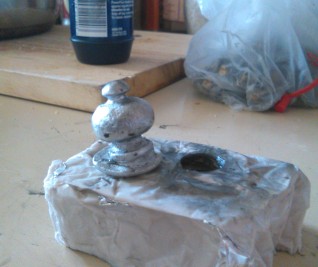

I was initially concerned about the strength of the threading on pewter and that it might strip, but it’s been threaded a fair way into the pommel and is not frequently tightened or disassembled so it should be alright.
The handle is two piece hardwood, carved out with a dremel then glued together and sanded to shape, Lastly, a dark brown deerskin was wrapped around the handle, slightly overlapping and was glued in place.
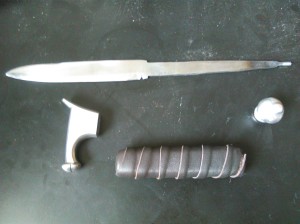
Similarly, the sheath was two-piece carved hardwood, I then lined it with felt and glued it together. (The felt was later soaked in oil so the knife would be re-coated and protected from rust each time it was sheathed.)
I added a mouth covering of deerskin then glued deerskin on the outer, stretching it to form-fit the sheath, the excess was trimmed and the edge was stitched together.
I left some excess leather at the mouth of the sheath which was folded down over the fastening cord which I thought was a nice look.
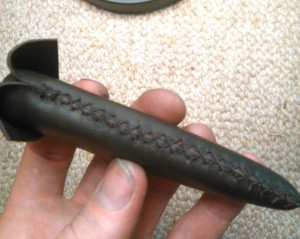
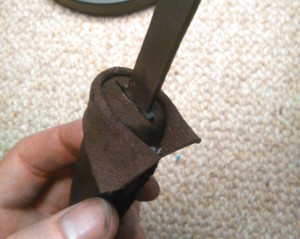
Period knife sheaths rarely had a belt loop as many of our sheaths today use, instead they were either stored in a bag or thrust through a pouch loop or a belt. extant examples show holes being punched in sheaths for leather thonging to be passed through to bind the sheath in place on the belt (Cowgill, De Neergard and Griffiths, knives and scabbards, pieces 422-434).
I didn’t really want to punch holes in the scabbard and I doubt the deerskin would be sturdy enough to support it in the long term, so I used a turks head knot to tie the leather thonging to the sheath and terminated it with a square weave knot.
The ends are left long and hanging so the sheath can be securely tied to a belt.
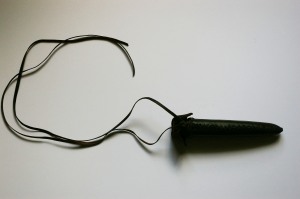
Tada! the end result!

